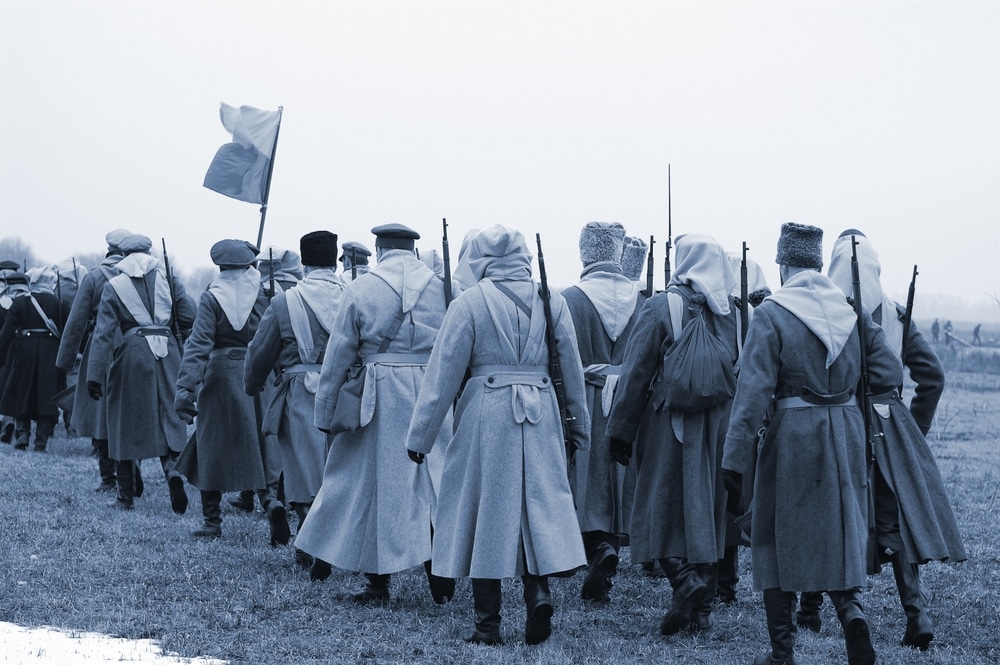The heated political debates surrounding slavery escalated when Abraham Lincoln, who opposed the expansion of slavery, succeeded in the 1860 U.S. presidential election. Following Lincoln’s victory, seven southern slave states seceded from the United States, forming the Confederacy. They took control of U.S. forts and federal assets within their territories. The conflict ignited on April 12, 1861, with the Confederate bombardment of Fort Sumter in South Carolina. The commencement of the war boosted military recruitment and enthusiasm for battle in both the North and South. After the war initiation, four more southern states seceded, and under the leadership of Confederate President Jefferson Davis, the Confederacy governed about a third of the U.S. population across eleven states. The subsequent four years witnessed intense fighting, primarily across the South.
During a gathering in Montgomery, Alabama, the seven seceding states ratified the Confederate Constitution, resembling the U.S. Constitution but emphasizing each state’s autonomy. Jefferson Davis was appointed interim president of the Confederacy until elections could be conducted.
February 1861 – Seizure of Federal Forts
Upon President Buchanan’s refusal to surrender southern federal forts to the seceding states, southern state troops took control of them. In the incidents at Fort Sumter, South Carolina troops thwarted a supply ship attempting to reach federal forces stationed at the fort. The vessel had to retreat to New York with its supplies undelivered.
March 1861 – Inauguration of Lincoln
During Lincoln’s inauguration on March 4, the new president clarified that he had no intentions of abolishing slavery in existing slave states, but he firmly opposed secession. He aimed to arbitrate the national crisis without resorting to armed conflict.
April 1861 – Assault on Fort Sumter
Upon President Lincoln’s decision to deliver provisions to Fort Sumter, a prior notice was given to the state to prevent any conflict. Despite this, South Carolina suspected a ploy; hence, the fort’s commander, Robert Anderson, was demanded to surrender immediately. Anderson proposed surrendering, but only after utilizing all available resources. Unfortunately, his proposal was turned down, and on April 12, the commencement of the Civil War was marked by the gunfire targeted at the fort. Eventually, Fort Sumter fell into the hands of South Carolina.
April 1861 – Addition of Four More States to the Confederacy
The attack on Fort Sumter triggered the inclusion of four additional states into the Confederacy. With the secession of Virginia, Richmond was designated as the Confederate capital.
June 1861 – Emergence of West Virginia
In opposition to the rest of the state, the inhabitants of the western regions of Virginia were reluctant to secede. Consequently, this particular section of Virginia was admitted to the Union as West Virginia on June 20, 1863.
June 1861 – Union Retention of Four Slave States
Despite their approval of slavery, Delaware, Kentucky, Maryland, and Missouri refrained from joining the Confederacy. Even though their loyalties were divided, a combination of political tactics and Union military pressure prevented these states from seceding.
July 1861 – Inauguration of the First Battle of Bull Run
The public’s demand drove General-in-Chief Winfield Scott to move against the South with his inexperienced troops, lacking sufficient training. In response, Scott instructed General Irvin McDowell to advance on the Confederate forces stationed at Manassas Junction, Virginia. The assault took place on July 21, leading to an initial success for McDowell, but with the arrival of Confederate reinforcements, the outcome favored the South, forcing a disorderly retreat of federal troops toward Washington.
July 1861 – Replacement of General McDowell
Realizing the looming threat of a prolonged conflict and the essential need for organization and training within the army, Lincoln decided to replace McDowell with General George B. McClellan.
July 1861 – Enforcement of a Southern Blockade
To effectively blockade the Confederate coastline, enhancements had to be made to the federal navy. By July, progress in naval upgrades had a notable impact, initiating an efficient blockade. In response, the South began constructing nimble vessels capable of outmaneuvering Union ships.
On November 7, 1861, Captain Samuel F. Dupont’s naval vessels silenced Confederate artillery in Fort Walker and Fort Beauregard, facilitating General Thomas W. Sherman’s troops in capturing Port Royal initially followed by all the renowned Sea Islands of South Carolina, as captured by Timothy H. O’Sullivan.
Image Source: Sergey Kamshylin / Shutterstock






























